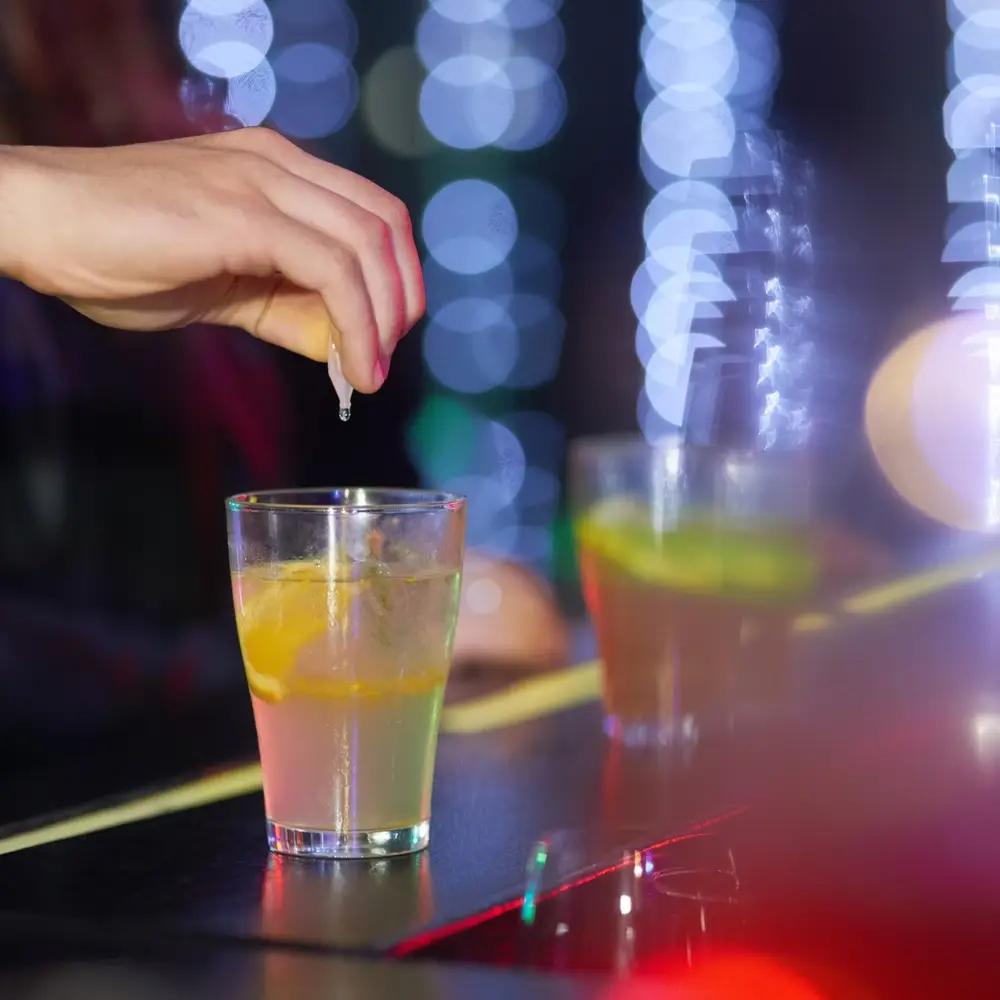Drink spiking isn’t some modern horror—it’s an ancient tactic of control, deception, and violence. As far back as ancient Greece and Rome, historical texts describe incidents of enemies and even lovers drugging food or wine to render someone unconscious or pliable. Roman elites were known to slip psychoactive herbs or poisons into wine goblets to gain political or sexual advantage. In the Middle Ages, assassins used drink adulteration as a way to take down monarchs or rivals. In short, non-consensual intoxication has existed for over 5,000 years.
But today’s form of drink spiking—targeting mostly women in bars, clubs, and college parties—took shape in the 20th century, exploding in prevalence in recent decades. What changed? Widespread access to synthetic drugs. Cultural attitudes that trivialize sexual misconduct. And digital socialization that makes finding and isolating vulnerable people easier. According to the American Addiction Centers, more than half of young women in college say they know someone who has been a victim of drink spiking. But the true scale is likely much larger. One UK-based study found that only 8% of drink spiking victims reported it to the police. Most either blamed themselves or feared they wouldn’t be believed.
The most common drugs used in drink spiking are powerful central nervous system depressants that act quickly and erase memory. These include:
- Gamma Hydroxybutyrate (GHB): odorless and tasteless; causes drowsiness, confusion, and memory loss.
- Rohypnol (Flunitrazepam): often called “roofies”; induces sedation, muscle relaxation, and amnesia.
- Ketamine: a dissociative anesthetic; can impair motor control and consciousness.
- Benzodiazepines (e.g. Xanax, Valium): can cause heavy sedation and short-term memory loss.
With all the attention given to the drink spiking epidemic, why is it still so easy for predators to slip something into a cup unnoticed? The answer: human behavior and social distractions. Most people don’t expect to be targeted, especially in familiar settings like a dorm or party. Many don’t know how easily drink spiking can happen. And some who do know still assume it won’t happen to them.
Colleges and universities have started to take action—but critics say it’s not enough. While many campuses now include drink safety in orientation programs and distribute testing kits or cup covers, enforcement and reporting mechanisms remain weak. Few universities have formalized procedures for drink spiking reports that don’t result in victim-blaming or bureaucratic dead ends. Bars and nightclubs are also starting to respond—training bartenders to spot suspicious behavior, posting warnings, and installing better surveillance—but again, progress is slow.
Best Ways to Prevent Drink Spiking:
- Never leave your drink unattended, even for a moment.
- Don’t accept drinks from strangers or drinks you didn’t see poured.
- Use anti-spiking products: test strips, nail polish that detects drugs, or cup covers.
- If you’re at a bar, tell the bartender you suspect something strange if your drink tastes off.
- Go out with friends who watch out for each other—and have a plan to leave together.
If you suspect you’ve been drugged—formally called “drink spiking”—here’s what to do:
- Get to a safe place immediately. Let a trusted friend know what’s happening.
- Seek medical attention as soon as possible. Certain drugs metabolize quickly and may not be detectable after a few hours.
- Request a urine or blood test. Let the provider know you suspect drink spiking.
- Consider reporting to campus officials or police. Even if you don’t want to press charges, reporting may protect others.
- Reach out to a sexual assault advocacy group. They can help you navigate next steps, emotionally and legally.
Drink spiking is not just a personal violation—it’s a public health crisis. Survivors deserve answers, accountability, and support. And that includes access to justice.
If you need help filing a lawsuit against someone or an institution that has harmed you, fill out the brief, confidential form to see if your case may qualify for a settlement.
